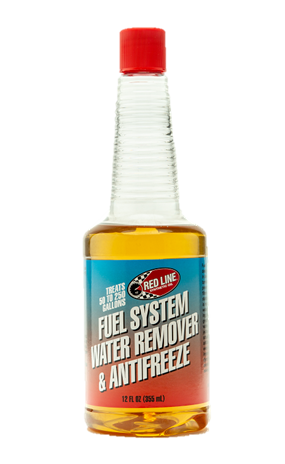That is why you do consistent measuring before and after. Carefully tracking the numbers is important. We also look at the possible benefits in the combustion chamber and fuel system. I have not scoped my cylinder so I couldn't tell you before and after the use. Running quick numbers tells me based on a difference of 17.25 MPG and 17.50 may yield a savings of $60 over 20,000 miles. The numbers seem small but we don't need big gains to realize results.
This is similar in experimentation to extended oil intervals. You keep testing until you come up with results that you are happy with. I have found 10,000 mile intervals work for me. It may be that the additional TCW3 in the fuel yields no benefit worthy of its use, but so far that's not the case.
This is similar in experimentation to extended oil intervals. You keep testing until you come up with results that you are happy with. I have found 10,000 mile intervals work for me. It may be that the additional TCW3 in the fuel yields no benefit worthy of its use, but so far that's not the case.


